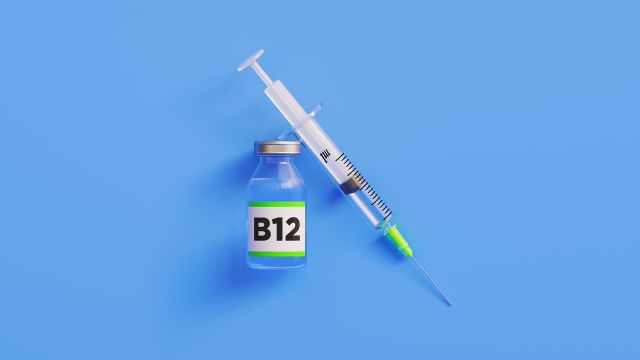When most people hear the word “anemia” they think of low iron levels, and for good reason—iron-deficiency anemia (IDA) is the most common type of anemia. As the name implies, IDA occurs when a person does not have adequate amounts of the mineral iron. IDA can be the result of inadequate nutrition, blood loss, an inability of the body to absorb iron, pregnancy, and other medical conditions.
However, there are other types of anemia, which have different causes and require different treatments.
What does “anemia” mean?
Anemia refers to a condition where a person does not have enough healthy red blood cells or does not have enough hemoglobin (an iron-rich protein in the blood that oxygen attaches to for transport).
Since the body depends on blood cells to carry oxygen—and depends on oxygen to do nearly everything—having anemia disrupts the body’s ability to function normally. Fatigue is a common symptom. Other symptoms include feeling cold, dizziness, being out of breath, headaches, rapid heartbeat, paleness, and changes in mood. However, the symptoms of anemia will vary depending on the severity, and in some cases, anemia may not cause any noticeable symptoms.
Types of anemia (that aren’t IDA)
While iron-deficiency anemia is the most type, there are different types of anemia:
- Aplastic anemia. Blood cells are made by stem cells found in the bone marrow (the spongy tissue found at the core of bones). Aplastic anemia occurs when stem cells stop producing enough blood cells (red blood cells, as well as platelets and white blood cells). Some potential causes include chemotherapy and/or radiation therapy (which are used to treat cancer), autoimmune diseases that attack the bone marrow, serious viral infections (such as HIV or viral hepatitis), and certain medications and toxins.
- Hemolytic anemias. This type of anemia affects the normal life cycle of red blood cells—the body breaks down red blood cells at a faster rate than red blood cells can be replaced. Hemolytic anemias can be caused by genetic disorders that are inherited from a person’s parents. They can also be acquired and occur as a result of infections, blood cancers, heart valve disorders, an overactive spleen, or adverse reactions to medications or blood transfusions. One example is sickle cell anemia, a disorder where red blood cells have an abnormal shape that can block blood flow to limbs and organs.
- Vitamin-deficiency anemia. The body requires the vitamins B12 and folate (another B vitamin) to produce healthy red blood cells. If a person does not get enough of these vitamins from the foods they eat, or they have a condition that prevents their body from absorbing these vitamins, they can develop vitamin B12-deficiency anemia (also called pernicious anemia) and/or folate-deficiency anemia.
The multiple causes and types of anemia highlight the importance of working with a healthcare provider to identify the cause of anemia and get appropriate treatment. If you are experiencing symptoms of anemia, or blood work shows that your red blood cell counts are not at the level they should be, work with a healthcare provider to find the cause.







